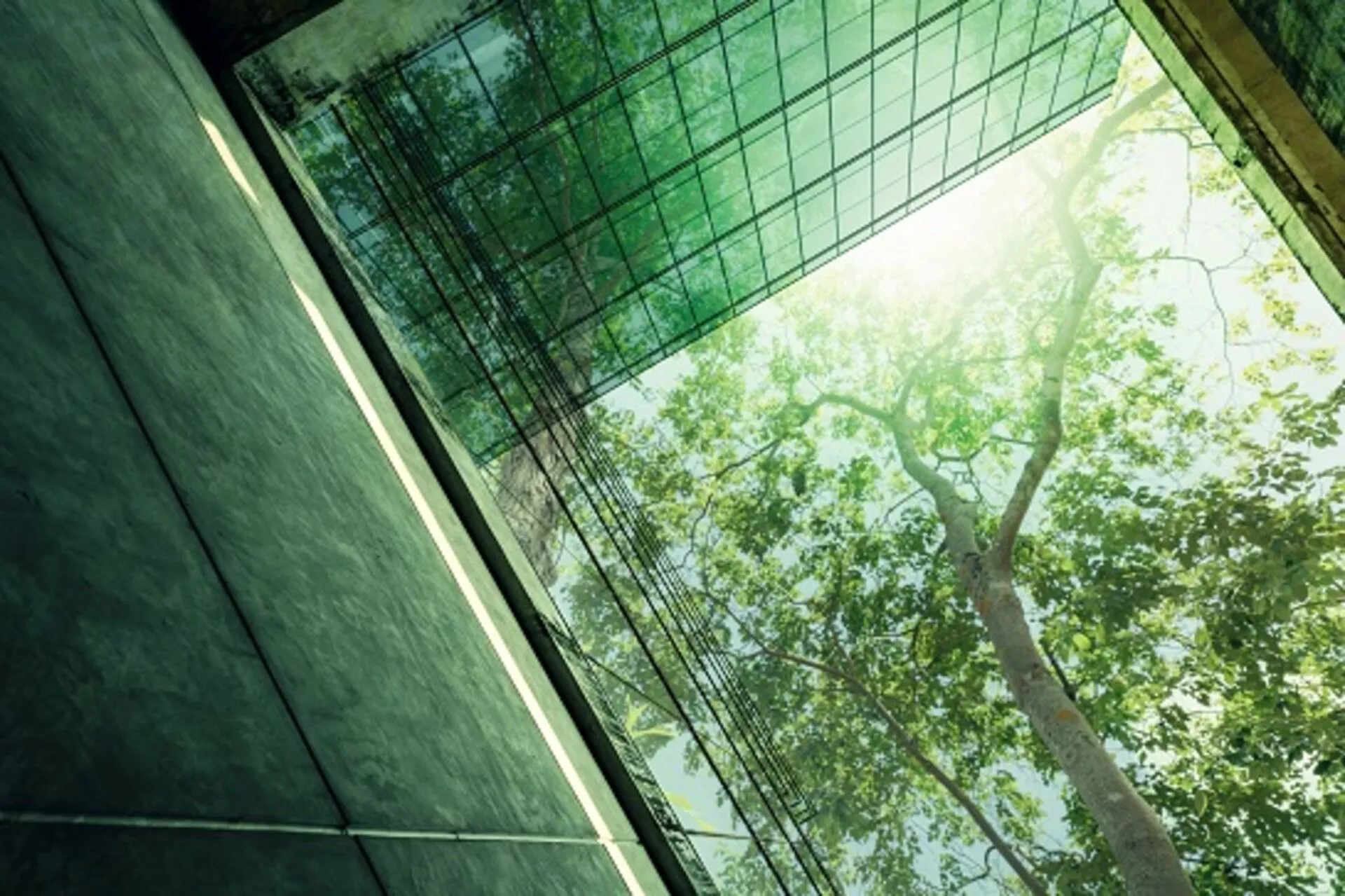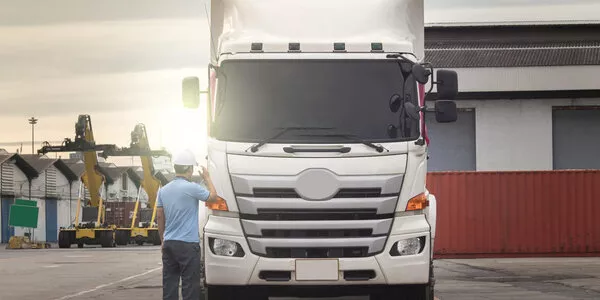
Stegra – Construire un avenir décarboné pour l’industrie sidérurgique
Les émissions de dioxyde de carbone provenant de l’acier constituent un enjeu majeur pour les gouvernements et les consommateurs soucieux de l’environnement qui s’engagent à réduire leur empreinte carbone. Retour sur le financement de la première aciérie de Stegra qui supprimera la quasi-totalité de ces émissions du processus de fabrication de l’acier.
Par Christophe Hadjal, Responsable Europe - Financement et Conseil du secteur Batteries, Mines et Industries, Tim Hawk, Responsable Financement et Conseil du secteur Batteries, Mines et Industries et Matthew Stewart, Responsable Financement et Conseil du secteur Batteries, Mines et Industries, Société Générale.
Contexte et motivation de la transaction
Stegra a été fondé au cours de l’été 2020, alors que les producteurs d’acier mondiaux subissaient de faibles marges, des bilans encombrés et les effets de la pandémie mondiale. Les conditions étaient donc loin d’être idéales pour construire une nouvelle aciérie. Mais l’occasion unique de Stegra est née d’un quatrième défi récurrent de l’industrie sidérurgique.
En effet, pour les producteurs européens en particulier, il devenait urgent d’aligner sur les ambitions du Green Deal européen et les engagements de réduction de leurs pays hôtes et de leurs clients leur processus de fabrication par nature très émetteur de carbone. Ce sont entre 7 et 9 % des émissions anthropiques mondiales qui proviennent de la production d’acier.
Certains producteurs mondiaux avaient déjà lancé les premières initiatives afin de résoudre cette équation. Le progrès majeur a consisté à développer une alternative au procédé traditionnel de fonte du fer pars hauts-fourneaux et leur dépendance au charbon. Le fer à réduction directe (ou DRI pour Direct Reduced Iron) est fabriqué en utilisant du gaz naturel reformé au lieu du charbon, le monoxyde de carbone et l'hydrogène réagissant ensemble avec l'oxyde de fer dans une tour de réduction. L’intensité en carbone du procédé de fabrication du DRI est environ 2 fois moins importante que de celle des hauts-fourneaux traditionnels.
Les unités de fabrication de DRI nécessitent toutefois un accès à un gaz naturel en abondance et à un prix compétitif, et ne pourraient résoudre à elles seules le défi des émissions carbone du secteur. Aucune de ces unités n’a été construite en Europe, où les hauts-fourneaux continuent de dominer la production d’acier, comme dans la plus grande partie du monde. Il fallait donc aller beaucoup plus loin.
Ainsi, les fondateurs de Stegra ont cherché une solution pour éliminer entièrement la molécule de carbone du processus de réduction pour produire du DRI. Or, l’hydrogène s’avère avoir de fortes capacités de réduction du minerai de fer. Pourquoi n’a-t-il pas encore remplacé le gaz naturel ? La réponse se résume à trois défis principaux : l’hydrogène pur à grande échelle était jusqu’à présent trop onéreux ; les clients n’étaient pas prêts pour un acier vert plus cher ; et les marchés financiers hésitaient à accompagner le développement d’une nouvelle usine intégrée dans un secteur à faible marge comme l’acier.
Les fondateurs de Stegra ont compris que les conditions étaient en train de changer et que tous ces défis pouvaient être relevés. Trois ans plus tard, la signature de 4,2 milliards d’euros de facilités de financement de projets verts, et la réussite d’une levée historique de 2 milliards d’euros de fonds propres via un placement privé pour leur projet emblématique d’acier vert à Boden, dans le nord de la Suède, leur donnaient entièrement raison. Le projet produira 2,5 millions de tonnes d’acier vert pur chaque année, puis 5 millions de tonnes après l’extension de l’usine. Avec pour effet de réduire jusqu’à 95 % des émissions de carbone par rapport au procédé traditionnel des hauts-fourneaux.
Comment ont-ils procédé ? En résumé, ils ont construit une étude de cas valide qui exigeait un financement, tant pour des raisons commerciales que sociétales.
Lire l’article dans son intégralité publié sur Project Finance International (en anglais uniquement). Abonnement requis.




